Best Practices Articles
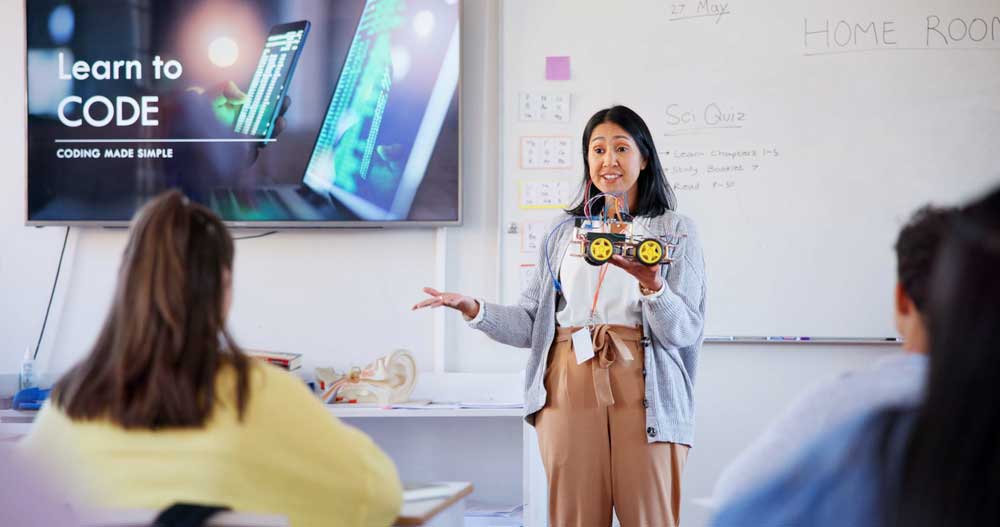
Why AI in Education is Crucial for Workforce Readiness
Artificial Intelligence (AI) has become a transformative force across industries, redefining how work is performed and reshaping workforce demands. With AI advancing rapidly, the education system is vital in readying individuals for an AI-driven future. Integrating AI in education extends beyond teaching technical skills; it prepares learners with adaptability, problem-solving abilities, and skills to collaborate with AI technologies.
This article delves into the significance of AI in education for workforce readiness. It shows how schools and colleges can use AI to build skills, close gaps, and prepare students for diverse careers.
Transforming Education Through Artificial Intelligence
Personalizing Learning Experiences
AI-powered educational tools are revolutionizing learning by providing personalized experiences tailored to individual needs. Platforms like Khan Academy and DreamBox use AI to tailor lessons based on students' strengths and weaknesses.
This personalized approach ensures students grasp foundational concepts, enabling them to tackle more complex topics confidently. Moreover, it fosters independent learning, an essential skill in a workforce increasingly driven by self-paced technology adoption. Personalized AI in education promotes a learner-centric environment that empowers individuals to progress at their own pace. This level of customization not only improves academic outcomes but also builds confidence and motivation in learners, equipping them with the skills needed for future careers.
Enhancing Accessibility and Inclusivity
AI can bridge the gap for students with disabilities or those from underserved communities. Speech recognition, real-time translation, and text-to-speech tools enable learners to access content in various ways. For example, students with visual impairments can use AI screen readers to access online resources. At the same time, real-time transcription helps students with hearing impairments in the classroom.
AI in education helps create a fair environment, allowing more students to gain the skills they need for jobs. By fostering inclusivity, it ensures that no learner is left behind, opening doors to opportunities for everyone, regardless of their background or circumstances. AI tools also facilitate equitable learning by providing diverse language support, enabling students from non-English-speaking backgrounds to access high-quality education. This inclusivity is critical in leveling the playing field and ensuring diverse participation in future workforce opportunities.
Building Workforce-Ready Skills
Introducing AI Early in K-12 Education
Early exposure to AI concepts prepares students for careers in technology-driven industries. Programs like MIT’s AI4ALL and the National Science Foundation’s AI Institutes work with K-12 schools to introduce students to machine learning, robotics, and data science.
This early exposure not only sparks interest in STEM fields but also builds critical thinking and problem-solving abilities. Students develop analytical thinking and adaptability to evolving technologies, essential skills in an AI-driven economy. The inclusion of AI in education from a young age lays the foundation for a future-ready workforce equipped to meet emerging challenges. By incorporating hands-on projects and real-world problem-solving tasks, K-12 programs can inspire innovation and creativity among students, fostering a passion for lifelong learning.
Promoting Interdisciplinary Learning in Higher Education
In higher education, AI integration extends beyond computer science programs. Universities are using interdisciplinary models like “AI + X.” In this model, AI is combined with fields like healthcare, finance, or environmental science.
For example, medical students learn to use AI-powered diagnostic tools, while business students leverage AI for market analysis. This approach equips graduates with technical skills to apply AI in real-world challenges within their fields. By blending AI in education with domain-specific knowledge, institutions produce graduates who can innovate across industries. Additionally, interdisciplinary programs encourage students to think critically about how AI can address societal challenges, such as climate change and public health crises.
Closing the Skills Gap with AI
Addressing the Mismatch Between Education and Workforce Needs
A key challenge in workforce readiness is the skills gap, where workers lack the qualifications needed for changing industries. AI in education can address this by aligning curricula with the needs of the modern job market.
Initiatives like IBM's Open P-TECH provide AI training aligned with industry standards, preparing students with in-demand skills. These initiatives emphasize practical applications of AI, ensuring graduates are job-ready upon entering the workforce. The integration of AI in education helps bridge the gap between academic learning and professional requirements. By partnering with industry leaders, educational institutions can design courses that reflect the skills and technologies most in demand, ensuring students remain competitive in the evolving job market.
Upskilling and Reskilling for Lifelong Learning
The rise of AI demands that workers continually update their skills to remain relevant. Educational institutions and online platforms play a pivotal role in facilitating lifelong learning through AI-driven courses and certifications.
Coursera and LinkedIn Learning leverage AI to suggest personalized learning paths aligned with an individual’s career goals. This approach empowers professionals to reskill efficiently, making them more adaptable to technological advancements. AI in education enables continuous growth, fostering a resilient and capable workforce. Employers are increasingly encouraging their teams to participate in these programs, recognizing the value of a workforce skilled in emerging AI technologies. Lifelong learning supported by AI ensures that individuals remain agile and ready to meet the demands of a rapidly changing workplace.
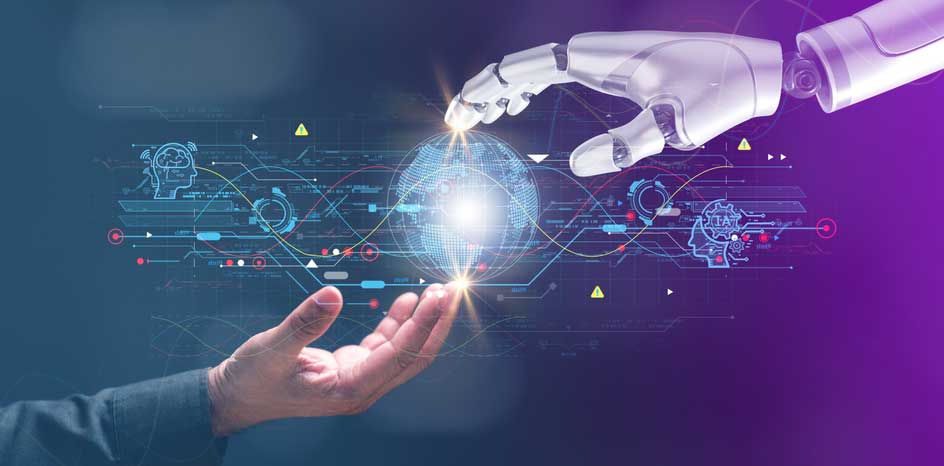
Preparing for Ethical and Responsible AI Use
Educating About AI Ethics and Bias
As AI becomes ubiquitous, understanding its ethical implications is crucial. Education must emphasize the responsible use of AI, focusing on issues such as algorithmic bias, data privacy, and transparency.
Computer science programs at NJIT teach AI ethics, guiding students to create fair AI systems. By instilling ethical considerations early, educators ensure that future professionals prioritize accountability in AI applications. The integration of AI in education fosters a generation of ethical innovators. These programs also encourage students to consider the societal impacts of AI, promoting the development of technologies that benefit communities rather than exacerbate existing inequalities.
Balancing Automation and Human Creativity
AI excels in automating repetitive tasks, but human creativity and critical thinking remain indispensable. Education systems must balance technical training with soft skills, such as collaboration, empathy, and leadership.
Courses that combine AI and liberal arts can help students appreciate the human dimensions of AI technologies. Studying AI's societal impacts helps students create solutions that improve lives, not just automate tasks. AI in education must harmonize technical expertise with human-centered approaches. This balance ensures that graduates are not only skilled technicians but also empathetic leaders capable of driving meaningful change in their industries.
Bridging Equity Gaps with AI
Supporting Underrepresented Groups in STEM
Despite efforts to diversify STEM fields, gender and racial disparities persist. AI can help close these gaps by creating targeted outreach programs and mentorship opportunities.
AI career counseling platforms guide underrepresented students to STEM opportunities with personalized advice and resources. Girls Who Code uses AI platforms to teach coding and encourage young women to pursue tech careers. AI in education empowers underrepresented groups to excel in technology-focused roles. By making STEM education more accessible and relatable, these programs inspire a new generation of diverse innovators.
Expanding Access to AI Education
AI’s potential to democratize education lies in its scalability. AI-driven online courses and virtual classrooms provide high-quality education to students in remote or underserved regions.
Expanded access breaks down economic and geographic barriers, enabling a diverse talent pool to thrive in AI-driven industries. By making education more inclusive, AI ensures a broader demographic is equipped with essential skills for the modern workforce. Institutions can further enhance this impact by collaborating with local communities to address unique educational challenges and opportunities.
Collaborating with Industry for Workforce Readiness
Public-Private Partnerships in Education
Collaboration between educational institutions and industry leaders is vital for preparing students for real-world challenges. Google's AI for Everyone and Microsoft's AI Business School collaborate with universities for hands-on learning.
These partnerships enable students to work on industry-relevant projects, gaining practical expertise that translates directly to workplace readiness. Additionally, they help educators stay updated on industry trends, ensuring curricula remain relevant. AI in education thrives when academia and industry join forces to create impactful learning experiences. These collaborations also pave the way for innovative solutions to global challenges, combining academic research with industry resources.
Internships and Apprenticeships in AI Fields
Internships and apprenticeships in AI fields provide students with invaluable exposure to practical applications. Tesla and NVIDIA offer AI internships where students work on advanced projects with expert mentors.
These opportunities develop technical skills and build professional networks, boosting graduates' competitiveness in the job market. AI in education bridges the gap between theoretical learning and real-world application, preparing students for impactful careers. By participating in these programs, students gain insights into cutting-edge technologies and industry practices, positioning themselves as future leaders in the AI revolution.
Conclusion
Integrating artificial intelligence in education is essential for preparing individuals to thrive in an AI-driven workforce. Education systems can prepare students for success by personalizing learning, promoting inclusivity, and prioritizing ethical AI practices.
Moreover, collaborations between educators, industry, and policymakers can bridge the skills gap, ensuring workforce readiness in an ever-evolving economy. As AI continues to shape the future of work, education must evolve alongside it, empowering individuals to navigate technological advancements with confidence and creativity.
AI in education is not just a tool; it is a transformative approach that equips learners with the skills, knowledge, and mindset to excel in a rapidly changing world. By embracing these advancements, the education system can ensure that the workforce of tomorrow is prepared to leverage AI for the betterment of society.
Best Practices Guidebook
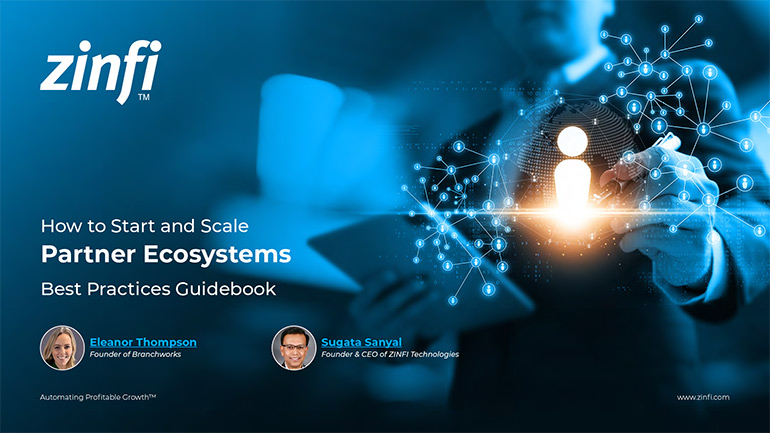 How to Start and Scale Partner Ecosystems Best Practices
How to Start and Scale Partner Ecosystems Best PracticesDownload Guide
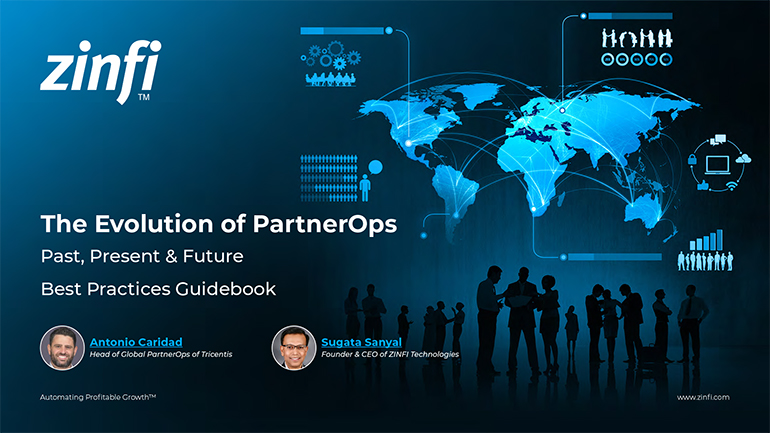 The Evolution of PartnerOps: Past, Present & Future Best Practices
The Evolution of PartnerOps: Past, Present & Future Best PracticesDownload Guide
 Mastering Channel Sales: Strategies, Best Practices, and Growth Tactics for 2025
Mastering Channel Sales: Strategies, Best Practices, and Growth Tactics for 2025Download Guide
 Winning with Partner Advisory Councils: Best Practices for Partner Engagement & Growth
Winning with Partner Advisory Councils: Best Practices for Partner Engagement & GrowthDownload Guide
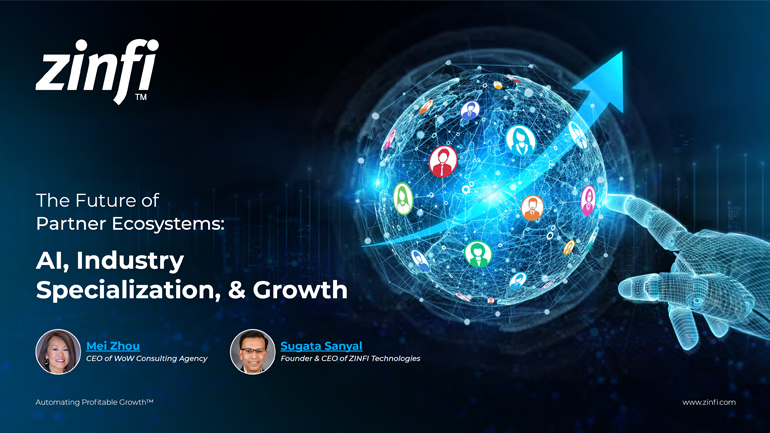 The Future of Partner Ecosystems Best Practices
The Future of Partner Ecosystems Best PracticesDownload Guide
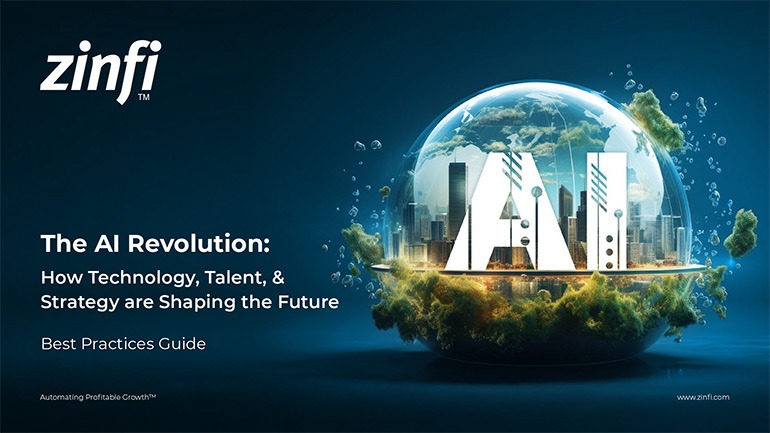 The AI Revolution: How Technology and Talent are Shaping the Future
The AI Revolution: How Technology and Talent are Shaping the FutureDownload Guide
 Top 105 Partner Management Metrics that Matter Best Practices
Top 105 Partner Management Metrics that Matter Best PracticesDownload Guide
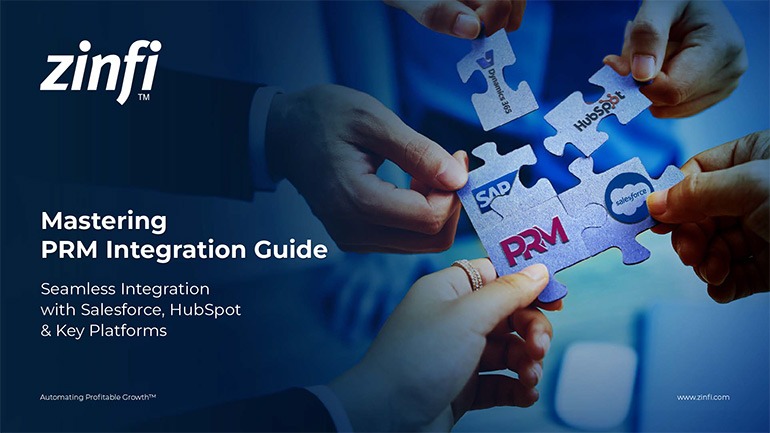 Mastering PRM Integration Best Practices
Mastering PRM Integration Best PracticesDownload Guide
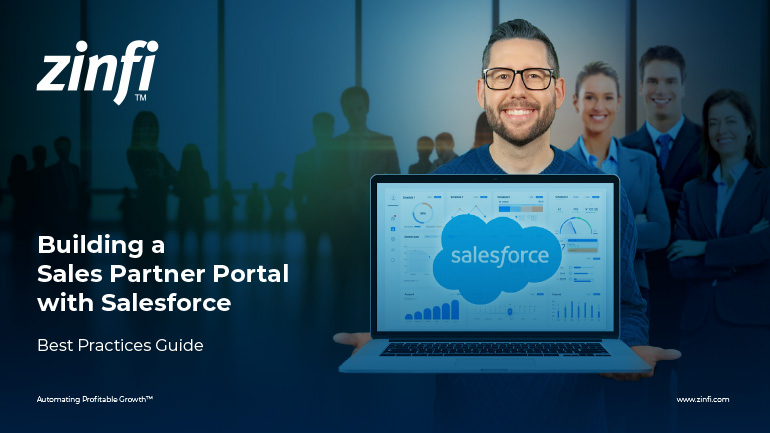 Building a Sales Partner Portal with Salesforce Best Practices
Building a Sales Partner Portal with Salesforce Best PracticesDownload Guide
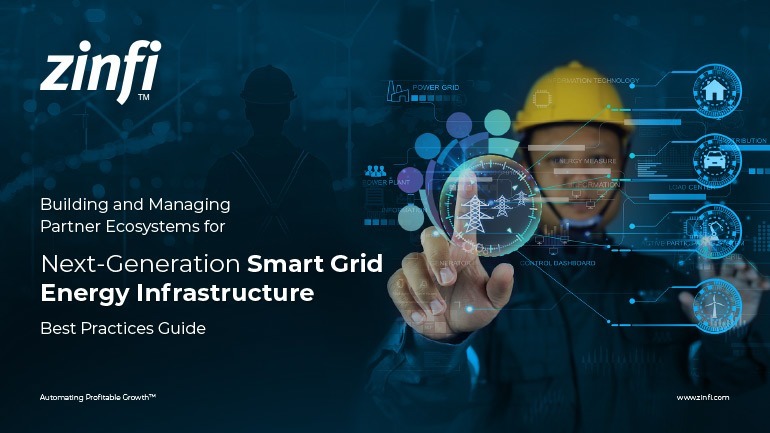 Building and Managing Partner Ecosystems Best Practices
Building and Managing Partner Ecosystems Best PracticesDownload Guide
 Mastering Co-Marketing and Co-Selling Best Practices
Mastering Co-Marketing and Co-Selling Best PracticesDownload Guide
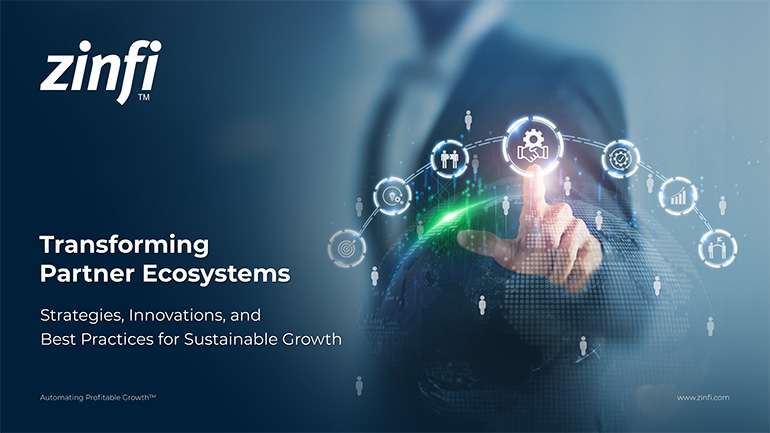 Transforming Partner Ecosystems Best Practices
Transforming Partner Ecosystems Best PracticesDownload Guide
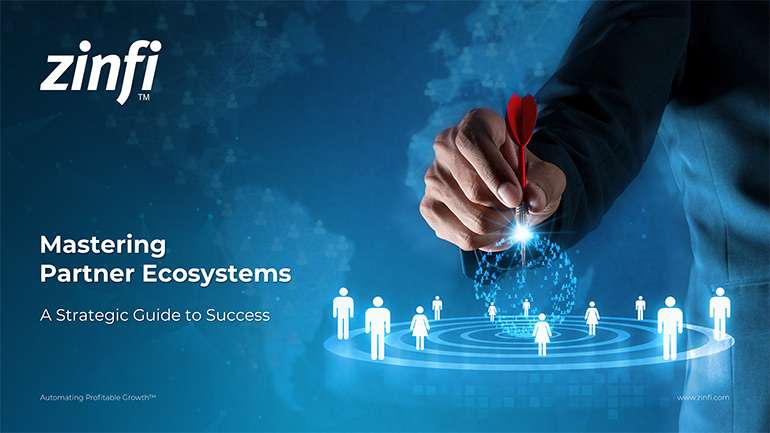 Mastering Partner Ecosystems Best Practices
Mastering Partner Ecosystems Best PracticesDownload Guide
 Mastering Partner Onboarding Best Practices
Mastering Partner Onboarding Best PracticesDownload Guide
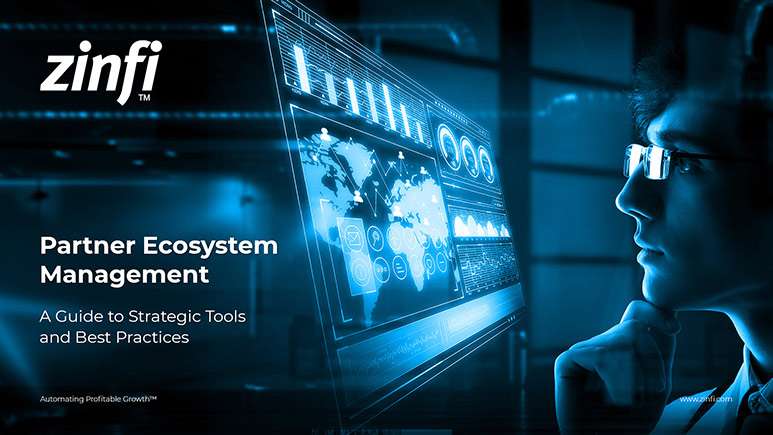 Partner Ecosystem Management Best Practices
Partner Ecosystem Management Best PracticesDownload Guide
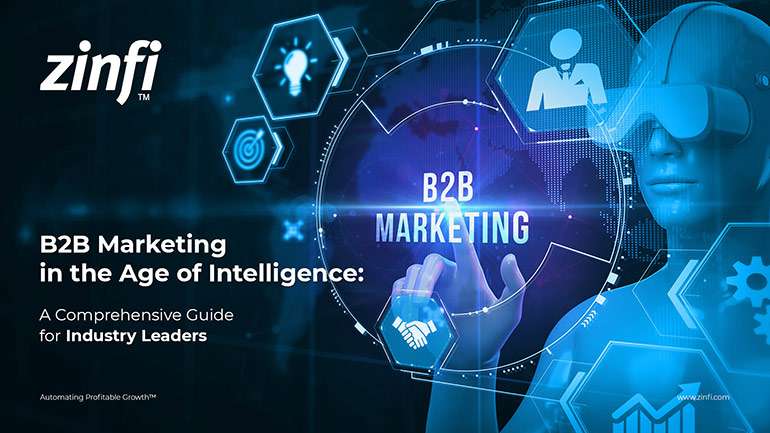 B2B Marketing in the Age of Intelligence Best Practices
B2B Marketing in the Age of Intelligence Best PracticesDownload Guide
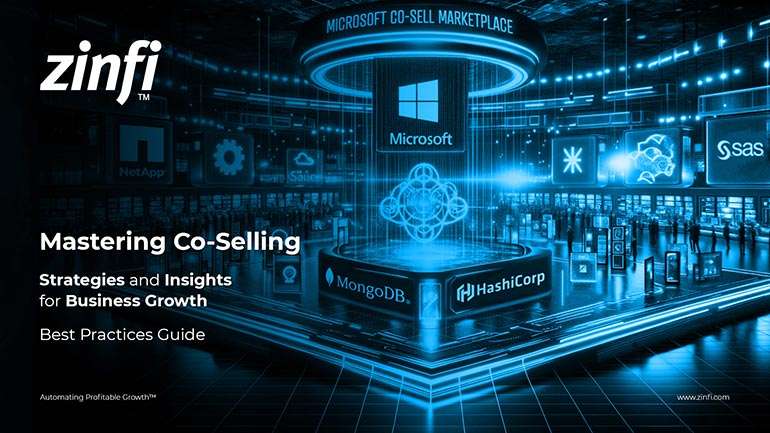 Multi-Partner Co-Selling Best Practices
Multi-Partner Co-Selling Best PracticesDownload Guide
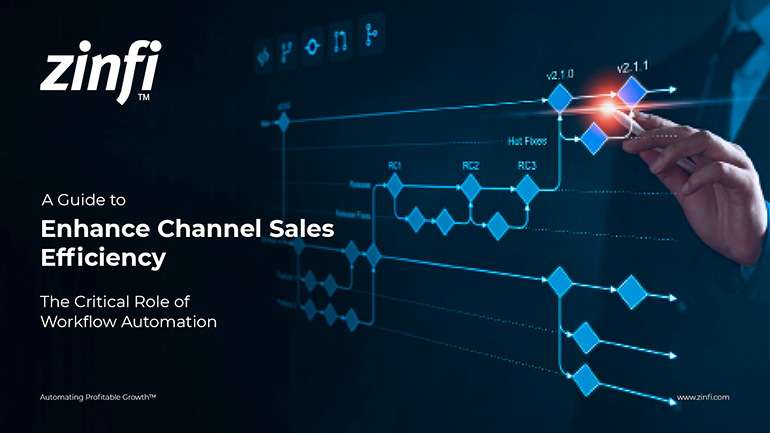 A Guide to Enhance Channel Sales Efficiency
A Guide to Enhance Channel Sales EfficiencyDownload Guide







